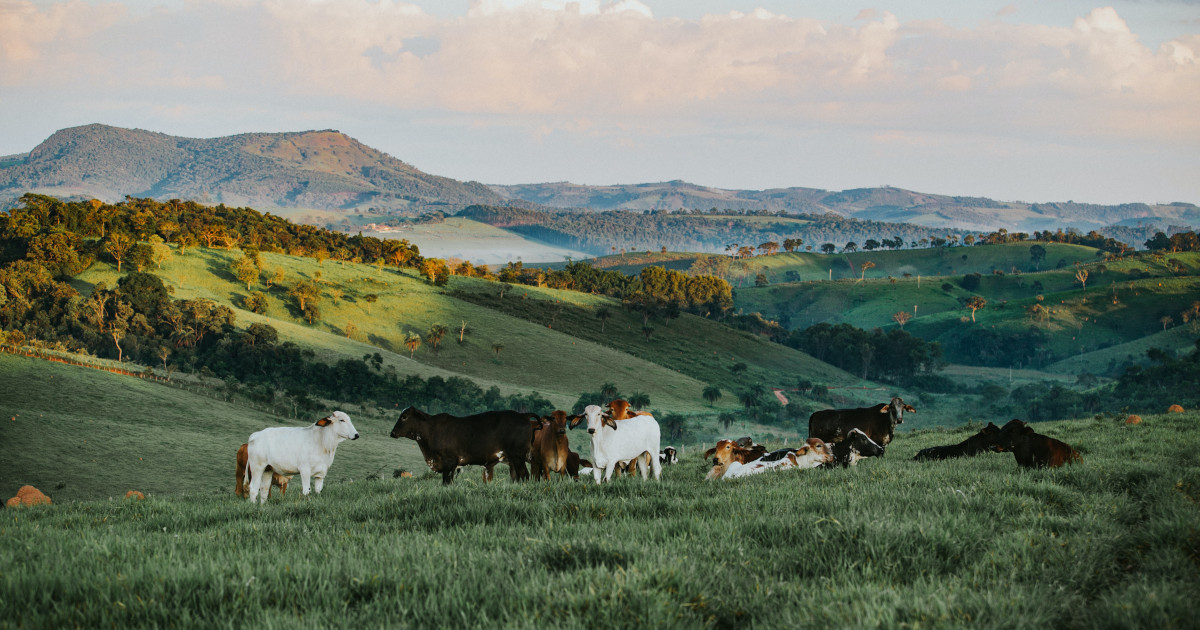
As Carbon Markets Reward New Efforts, Will Regenerative Farming Pioneers Be Left in the Dirt?
Meredith Ellis views her family’s cattle ranch in Rosston, Texas, as a giant experiment in how to store more carbon in the soil, improve water quality, and maximize biodiversity. In recent years, Ellis, who works with her father, GC Ellis, has been adding warm-season cover crops to winter wheat fields, rotating the cattle between pastures more frequently, and leaving the grass much higher to build more soil carbon and habitat for wildlife.
July 27, 2021 | Source: Civil Eats | by Virginia Gewin
Carbon markets are taking off, but the financial rewards may go to farms adding new practices, rather than those already drawing down carbon into the soil.
Meredith Ellis views her family’s cattle ranch in Rosston, Texas, as a giant experiment in how to store more carbon in the soil, improve water quality, and maximize biodiversity. In recent years, Ellis, who works with her father, GC Ellis, has been adding warm-season cover crops to winter wheat fields, rotating the cattle between pastures more frequently, and leaving the grass much higher to build more soil carbon and habitat for wildlife.
Ellis’s land, pieced together over a number of years, had several previous owners. One native pasture was severely overgrazed. “Another pasture is currently in the ICU being restored to native grasses,” she says. However, in May, Ellis documented 20 different plant species in one square meter of a recovered native pasture on the ranch. And she regularly shares videos featuring crystal-clear water running off her land, bees pollinating blooming plants on the pasture, and the owls and wild turkeys she has spotted on the land. But it’s the black, organic matter-filled soil that she’s especially proud of. And she joined a pilot research project that first sampled 40 locations on her fields in 2019 to measure carbon—and document grass type, soil type, the number of cattle grazing, and the weather—to model carbon sequestered. They will sample the soil again at the five-year mark (in 2024).
